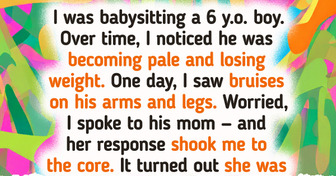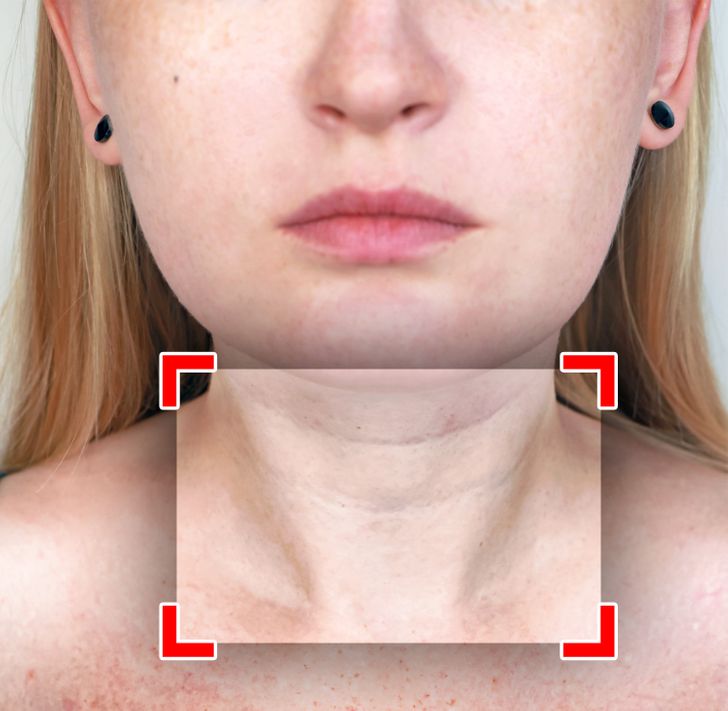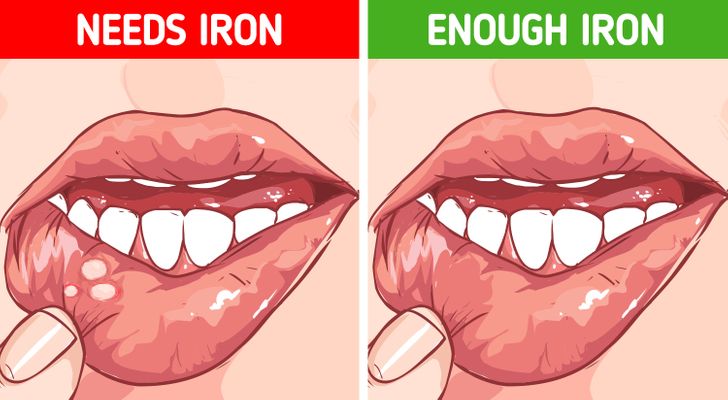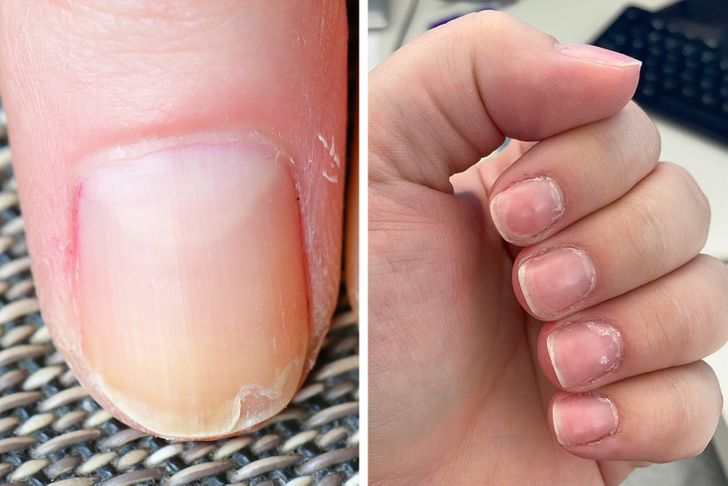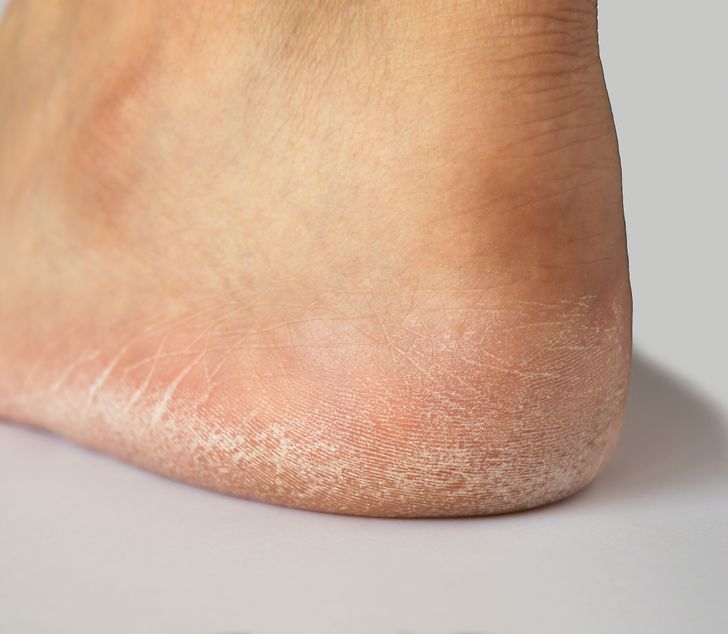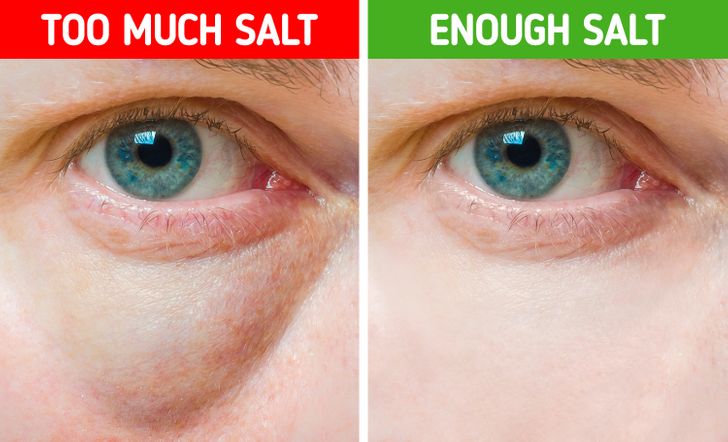Thank you so much, they are very useful and important information.
Am currently a victim of number 3, mouth ulcer, very very painful. Now i know what to do.
7 Tricks That Can Help You Understand Your Body More
Our body is a very complex system, where everything is connected in some way. And that’s why when something isn’t going as it should, it sends messages to other parts of the body as a warning sign. It is in our power and knowledge to be able to recognize these signs and make sure we fix what needs fixing.
Bright Side wants you to be able to recognize possible underlying health issues through these very simple ways.
1. Low hair porosity
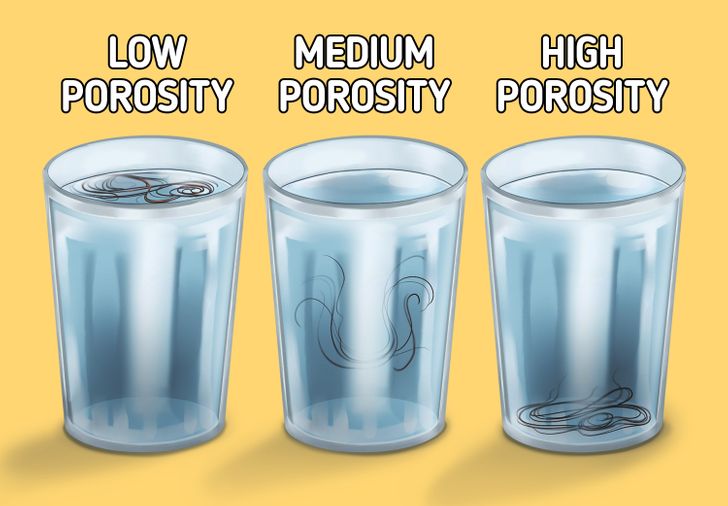
The way you can check if you have low hair porosity is by dropping a single strand of your washed and dry hair in a glass of water. If the strand sinks to the bottom of the glass, your porosity is very high. This means that your hair absorbs every product you’re using very quickly and air dries in an instant. However, it usually feels very dry and tends to get frizzy.
In order to treat high porosity, you have to find the best products possible. You need to be looking for products that have “heavier” ingredients, such as oils and butters. You can also add a deep conditioning treatment to your weekly routine.
2. Horizontal lines on your neck
Postmenopausal women produce less estrogen than their body needs in order to maintain bone durability. And deep neck wrinkles are one concerning sign that the bones are becoming more brittle and less dense. This means that the danger of fracturing the bones is much higher. Calcium and vitamin D supplements might be a very good idea for avoiding osteoporosis.
These wrinkles might also be telling you that you should check your thyroid’s performance. If the condition keeps getting worse and is left untreated, it can start showing on your neck, among other areas. It’s not only wrinkles you should be looking for, but also flaky skin.
3. Ulcers on your mouth and tongue
The most common reasons for the appearance of ulcers are smoking, allergies, accidentally biting your tongue and inflammation. However, if nothing of the above applies to you, you might be deficient in vitamin-B12, iron, or folate. These deficiencies don’t develop overnight but progressively develop over a prolonged period of time.
Some other warning signs might be fatigue, dizziness, irregular heartbeat, and muscle weakness. If you experience all these, you will have to make some drastic changes to your diet and start taking the necessary supplements.
4. Peeling nails and cuticles and white spots on your nails
The most common reasons for peeling nails and cuticles are iron deficiency and dehydration. If iron deficiency isn’t treated in time, it can lead to anemia, which can also lead to multiple health issues, such as chest pain. Other reasons for your bad nails can be your underactive thyroid, lung disease, or even kidney disease. The best way to treat your nails at home is by eating an iron-rich diet and keeping your nails moisturized.
Now, if you start noticing white spots on your nails, there are 4 possible reasons: allergies, fungal infection, an injury, or mineral deficiency. You should pay closer attention to the last one since it will need to be treated with extra care. Zinc and calcium are the most common culprits for this deficiency, and getting a blood test done should be the first thing you do.
5. Cracked heels
Cracked heels can be caused by dry skin, cold weather, or if you stand for many hours every day. However, they can be indicators of more serious issues, such as eczema, hypothyroidism, and diabetes. You can treat your heels by soaking them in soapy water for 20 minutes and scrubbing them with a pumice stone. Then you will need to apply a heavy moisturizer that includes lactic acid, jojoba oil, or shea butter.
You will need to see a doctor if your home treatments aren’t improving your heels at all. There are many treatments your podiatrist can do or prescribe, such as a much stronger moisturizer. What you can do on a daily basis is check your heels, wash them thoroughly, and wear supportive shoes.
6. Redness around the nose, cheeks, and forehead
Rosacea is the #1 cause of redness around these areas, and it affects around 14 million people in the US alone. People over 30 and with fair skin are more likely to develop it since rosacea rarely affects children. Some of the most common signs are flushing, persistent redness, bumps and pimples, and visible blood vessels. Other less common signs include eye irritation, skin thickening, and swelling.
The way rosacea is usually treated is with topical and oral medicines that your doctor will prescribe to you. In more serious cases, doctors might use laser treatments in order to remove any visible blood vessels.
7. Puffy or even swollen eyes
If you don’t have an infection and aren’t allergic to anything and you still have a swollen eye, then the most common cause is obvious. Overconsumption of salt leads to more water being trapped in your body and your face, including the area under your eyes. You will need to cut down on the salt you consume and maybe increase your potassium intake. Some other causes can be Grave’s disease, a blocked tear duct, smoking, and not getting enough sleep.
Once you know the source of your problem, you will need to start treating it. Cold compresses, tea bags, and facial massages are some of the easiest things you can do by yourself. If, however, the swelling doesn’t go away no matter what you do, you will need to see a doctor.
Have you ever discovered a serious health problem thanks to a small sign in your body that you would normally ignore?
Got some cool photos or stories and want to be featured on Bright Side? Send them all right HERE and right now. Meanwhile, we’re waiting!
Comments
Agree👌
Related Reads
My Stepdaughter Can Stay Only If She Babysits — My Home Isn’t a Charity Center
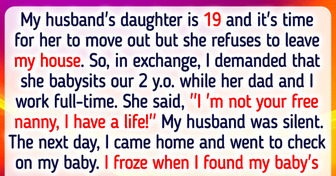
12 Times Celebrities Were Bridesmaids and Stunned Us With Their Look

14 Crazy Ideas That Worked Out Fine

18 Animals Who Found Their Bestie and Now Cannot Part With Them

10 Innocent Habits That Could Hurt Your Relationship, and Ways to Fix Them
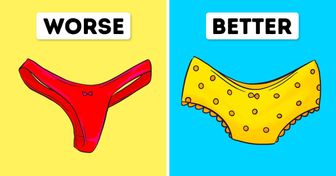
15 Pics That Can Warm Your Heart Better Than a Cup of Coffee

10 People Who Show That Kindness Isn’t Weakness—It’s a Quiet Superpower
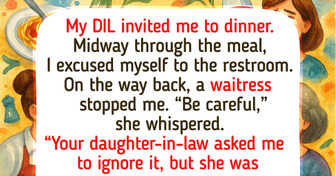
15 People Whose Dates Went Completely Wrong

My Stepson Wants to Move in—but I Had Ground Rules He Refuses to Follow
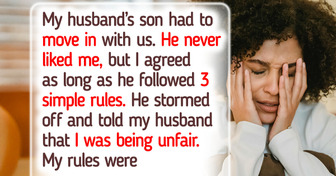
12 Detective Riddles That Will Put Your Brain to Work Mode

I Refused to Feed My DIL’s Son for Free, It Ended in Disaster
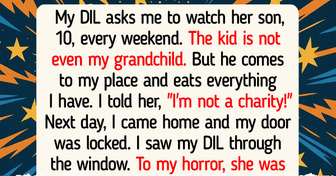
10 Times Babysitting Turned Into a Real-Life Nightmare
